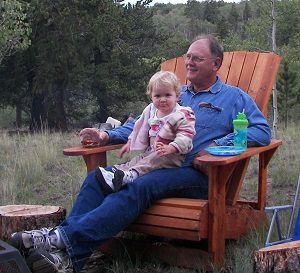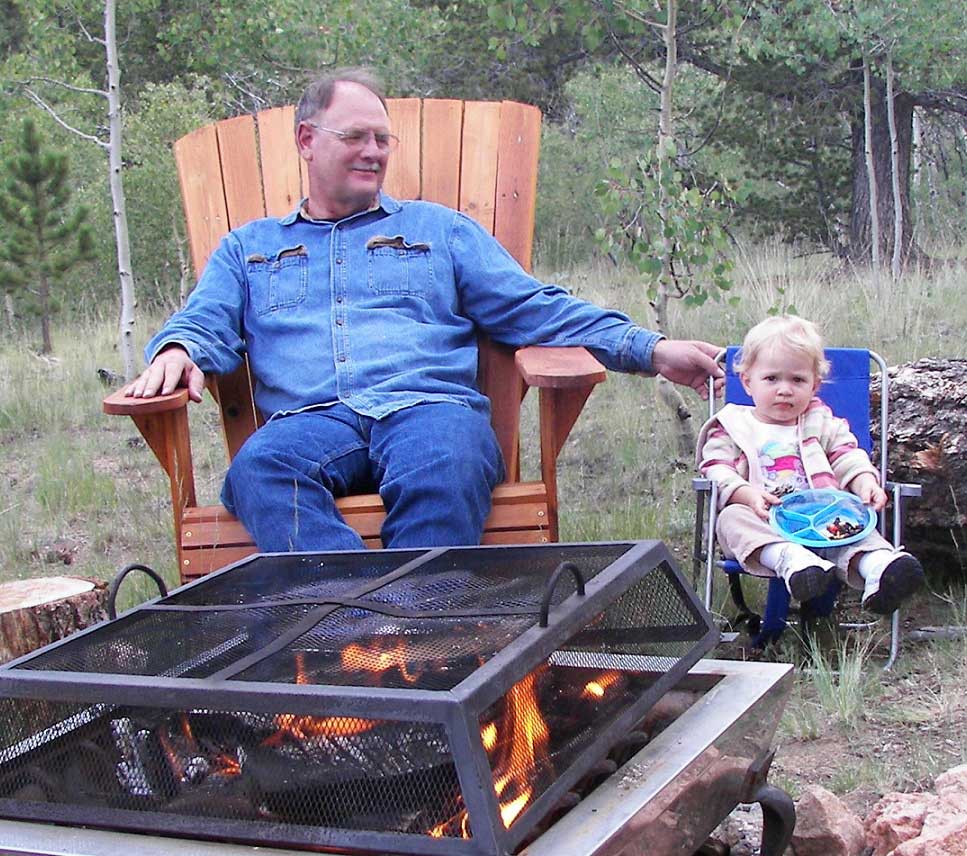
Breathing wood dust can make you sick!
- Wood dust has been associated to COPD, astma, allergic reactions, and cancer.
- Wood dust in your eyes can scratch your cornia and will cause irritation.
- Skin contact with wood dust can cause ulceration of the skin, irritation and dermatitis.
I recently read an article in the Toronto Life, titled “My Beautiful Death”, by Gillian Genser. The first two sentences really caught my attention. She writes:
“I spent 15 years sanding and grinding mussel shells to create my sculptures. Then I was diagnosed with heavy-metal poisoning. When you’re an artist, the work often becomes more important than you. Sadly, that’s always been the case for me.”
Gillian goes on to describe her health issues caused by the toxins she inhaled during her work. She mentions being agitated all of the time, with constant headaches and vomiting. As the symptoms worsened, she found it more and more difficult to work on her art as she developed muscle cramps, becoming weak and unable to stand.
As her body aches became worse, she began having trouble speaking and memory issues. She couldn’t even remember the names of people she had known for years. Although Gillian was a metal sculptor, I’m afraid that much of what has happened to her is also happening to me.
Wood Dust Made Me Sick
I am a woodworker and I have worked with wood my whole life. I come from a family of craftsmen, but I began working with wood more earnestly after we bought our cabin in South Park, Colorado.


First, I made the beds from aspen logs found on the property, then the lamp tables and coffee tables. The Adirondack chair, shown here, I made from an old cedar fence.
While cutting firewood I noticed many interesting shapes and colors in the wood. This inspired me to buy a wood lathe to make vases, bowls and candle holders rather than burn the wood in our fireplace.
I’d find the most interesting pieces of this wood on the forest floor where a tree had fallen and began to decay. This wood would often have holes and coloring from bugs, fungus or water. Some of it even absorbed minerals and other elements that made beautiful patterns in the wood.
I took this wood to my garage to scrape off the remaining bark, fill holes with colorful epoxy to add more color, carve it or turn it on the lathe. I would even sand and finish it all, while never wearing a dust mask.
The Wood Dust of Hardwoods from Asia, South America, China and Africa May Even Make You Sicker.

Later I began using harder, more colorful wood from Asia, South America, China, and Africa to make patterns and designs in my vases, bowls and furniture. While continuing my bad habit of never wearing a dust mask as I inhaled the fine dust and toxins in the various woods and finishes for many hours a day.
Around the year 2000, I began having constant headaches and occasionally dizziness, and like Gillian Genser, the symptoms worsened. The headaches and dizziness became more frequent and after a few hours in the shop I found it difficult to work as my back would begin to cramp, all the while not really paying attention to the research that the wood dust that I was inhaling was a likely cause. See Island Woodturners Guild for more information on the toxicity of most of the various wood we often use. Island Woodturners
As this continued, I became more and more committed to my art. The designs were more intricate as I used more and more exotic wood.

All of the wood used here have some level of toxicity, especially the Spalted Maple and the other Spalted wood I would find on the forest floor.
Grand Mal Seizures:
On December 28, 2012, I had a grand mal seizure while sleeping. My wife called 911 and I woke up in the hospital confused and unaware of what had happened. I had a complete loss of memory of the event and the days leading up to it and many days after.
As the headaches, muscle cramps, coughing and seizures became more frequent the medical costs for office, hospital visits and medications increased, the memory issues worsened making it difficult to remember names, places and even vacations.
Today, I even have trouble remembering procedures and techniques that I have used in my woodworking many times. I often start a project and find that I must figure things out all over again. My driving was even restricted for a time after each seizure and more recently I was diagnosed with COPD: A progressive lung disease with no cure.
Conclusion: After taking a year off from wood working, I redesigned my woodshop to help eliminate as many dust problems as possible. For updates on my progress with these changes see: https://artisticfirewood.com/improve-dust-collection-part-one-identify-the-problems/


Dennis great website and article. God Bless Boyd
Thanks for sharing.